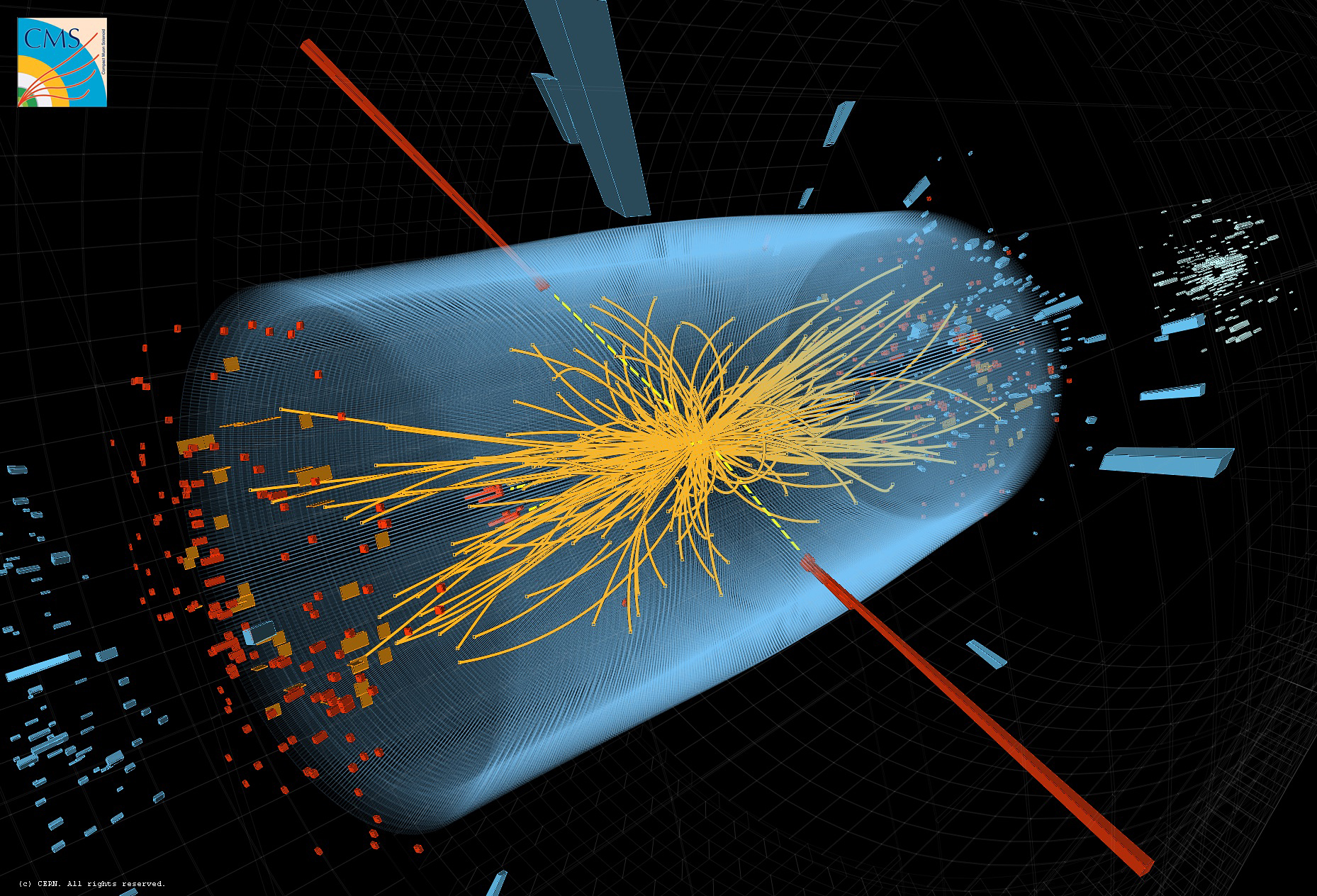During the conference, which took place on 13 December 2011, scientists working at ATLAS and CMS experiments, the Large Hadron Collider (LHC) reported on the state of Higgs boson searches. The analysis of data generated by ATLAS shows that the mass of God Particles - if it exists - is located between116-130 gigaelectronvolts (GeV). CMS data indicate the range 115-127 GeV. This is a very good agreement, but it is too small to conclude that the Higgs boson has been discovered.
If the Higgs exists, he decay very quickly. Researchers are looking not only boson, but signs of his decay. So far we have tested various weight ranges and different types of decay.
The existence of a Higgs boson is postulated by the Standard Model, which states that the known particles - quarks and leptons - have mass through interaction with the Higgs field, which exists because of carriers - Higgs bosons.
Boson in itself nature is a hypothetical elementary particles predicted by the Standard Model. The Higgs fields is a quantum field with a non-zero value that fills all of space, and explains why fundamental particles such as quarks and electrons have mass. The Higgs boson is an excitation of the Higgs field above its ground state.
The existence of this particle is theoretically justified by the Higgs mechanism consists in the coupling of quantum fields of matter (fermions fields, such as electron field, quarks fields, Higgs fields as the fields W and Z, etc.) with an additional quantum field called the Higgs field, which resulted in breaking through spontaneous of symmetry when no mass particles begin to possess the mass.
In some theories of early universe decay Higgs field is identified with the Big Bang. In this perspective, there is a great-eternal universe, in which a small section of the Higgs field collapsed to form our observed universe.



Brak komentarzy:
Prześlij komentarz